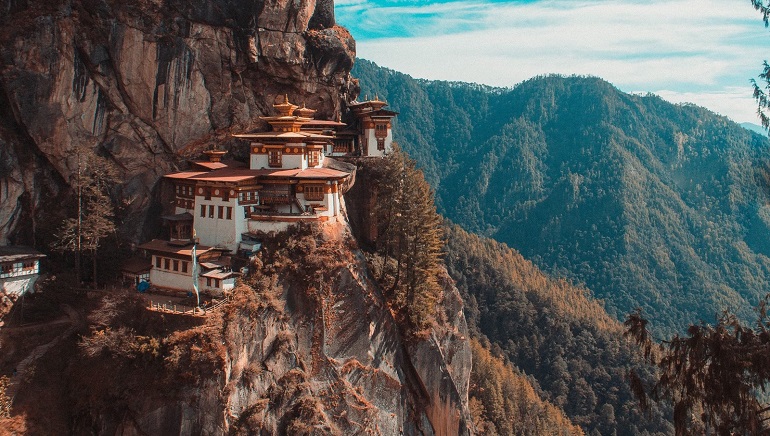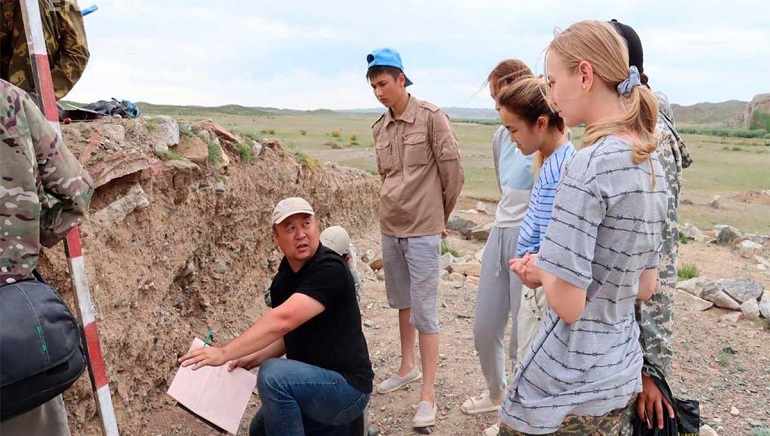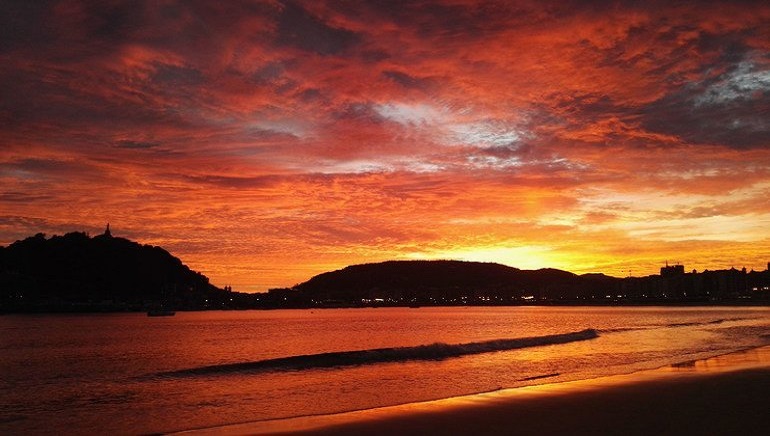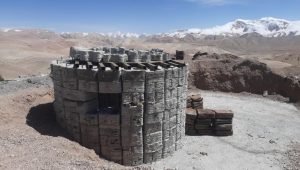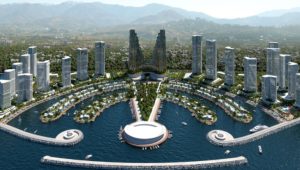Bhutan has emerged as a country with impressive net zero emissions. It has not only curbed its carbon footprints, but has also transformed into a carbon sink, absorbing more carbon dioxide (CO2) than releasing, said a report on August 15.
In addition to Bhutan, Comoros, situated in the Indian Ocean and Gabon in Central Africa have managed to control their carbon emissions. Comoros accomplished the feat by conscientiously managing its agricultural, fishing, and livestock sectors, and implementing rigorous environmental safeguards.
Bhutan is one among the 196 nations that committed to the Paris Agreement during the UN Climate Change Conference focused on restricting global temperature increases to 1.5 degree Celsius above pre-industrial levels.
Experts suggest that Bhutan’s population of 8,00,000 and forest coverage of 70% to have played a major role in accomplishing the status of net zero emissions, besides its initiatives towards sustainability. The nation prioritises sustainable organic farming and forestry practices, relies on hydropower, and prudently manages its main economic driver, tourism. It also charges a $200 sustainable development fee per day to tourists. The nation has also embarked on pilot projects that explore sustainable timber construction, showcasing innovative solutions.





